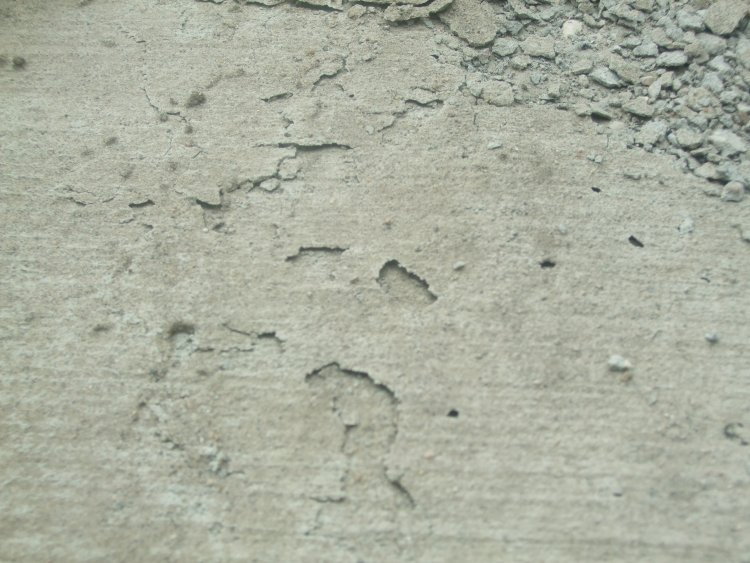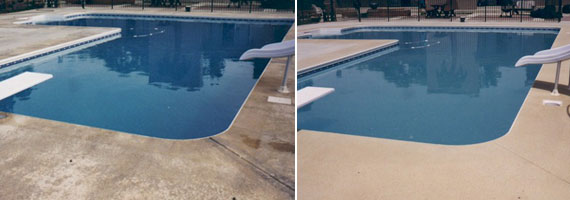Concrete
There are 3 options for Concrete Restoration:
- Overlay
No Overlay
Removal & Replacement
For Today’s Blog Post I talk about just the first option
Option One: Overlay
Decorative Concrete Overlay has been given many terms/names such as Decorative Concrete, Concrete Overlay, Concrete Coating, Decorative Flooring Stamped Concrete Overlay, Skim Coat and Epoxy Flooring. The overlay will permanently cover up surface imperfections on existing concrete. With today’s decorative overlays, it’s easy to give almost any concrete surface, indoors or out, a complete face-lift and at a much lower cost than removal and replacement.
There are multiple options available for achieving any look imaginable with a concrete overlay. Custom Concrete Design’s Concrete Overlays/ Polymer Cement Overlays consist of a proprietary blend of Portland cements, 20 various aggregates and proprietary hybrid polymer resins. Unlike conventional cement and concrete mixes, Concrete Overlays can be applied in layers as thin as a credit card or up to several inches thick without DE-laminating or failure. The overlay creates a chemical and mechanical bond with the substrate.
Overlays are great for many concrete surfaces, including:
- Garages
- Walkways
- Front Stoop
- Vertical Walls
- Warehouses
- Basements
- Pools
- Decks
- Patios
- Loading Docks
- Restaurants
- Driveways
And More!
They adhere well to existing concrete and resist damage from salt, chemicals, UV exposure, freeze-thaw conditions, and abrasion. They are much stronger than regular concrete and are used to resurface existing concrete. Overlays can be created in almost any color, pattern or texture. Sealed which protects them from salts, stains, grease and wear.
Come back to my Blog soon and I will talk about the other two options.
Call me at 573-216-0930 and get your FREE Estimate today!!
Rick LaFata
(573)-216-0930
rick@customconcretedesign.info
Custom Concrete Design







